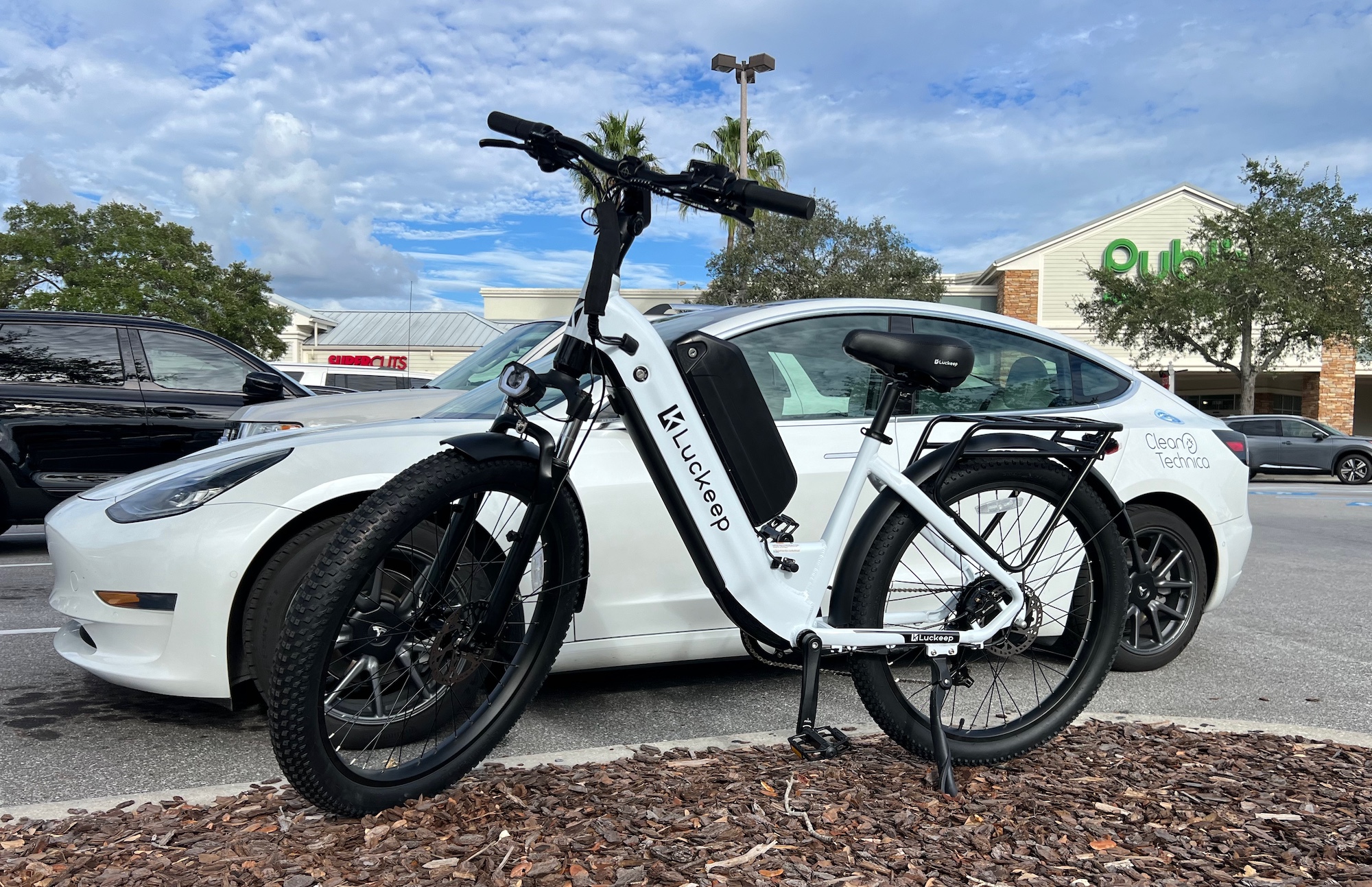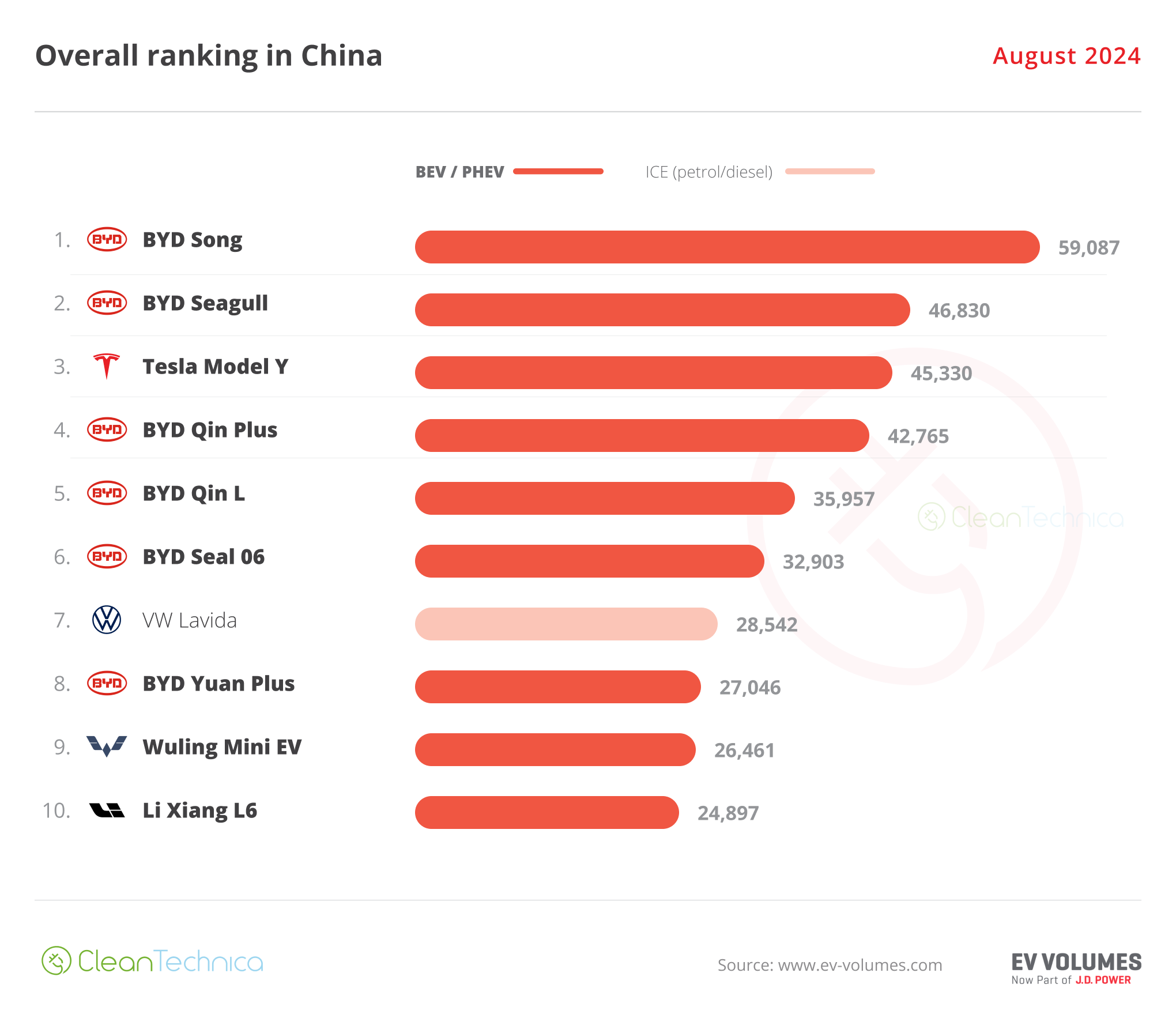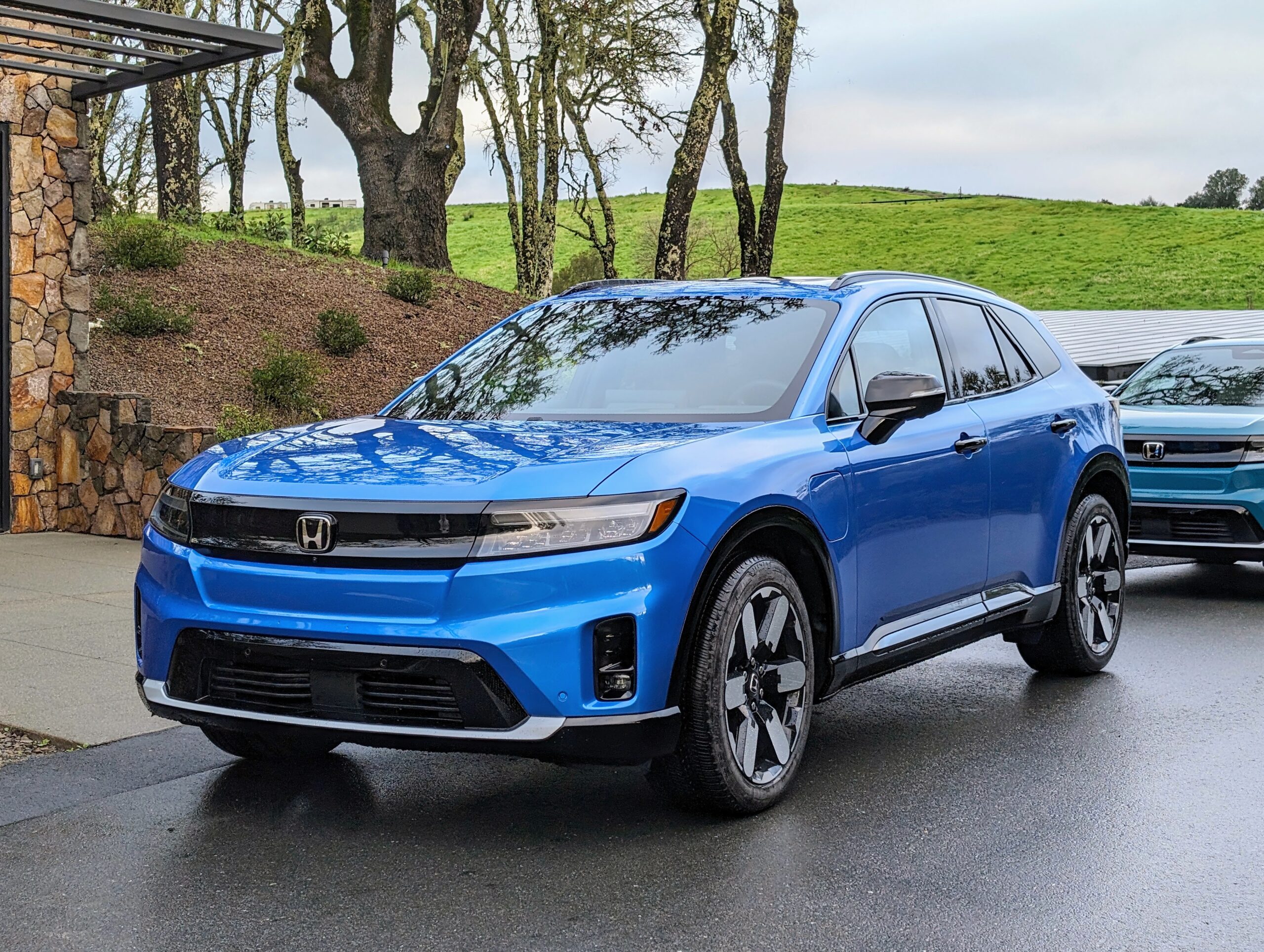CharIN has launched a Wireless Power Transfer Taskforce initiated by Siemens AG, WiTricity Corporation, and MAHLE. The Taskforce aims to drive the adoption and standardisation of wireless charging solutions for electric vehicles worldwide to enable seamless wireless charging experiences. Industry experts are invited to participate. The Task Force starts working in September.
The founding of the Wireless Power Transfer Taskforce stems from the need to enable seamless wireless charging solutions for electric vehicles. Currently, there are remaining gaps in standardisation that pose challenges to vehicle OEMs and the imminent deployment of wireless charging. The CharIN Taskforce, initiated by Siemens AG, WiTricity Corporation, and MAHLE, seeks to close these gaps in a timely manner, ensuring the successful integration and utilisation of wireless power transfer technology in the evolving electric mobility landscape.
The Taskforce will actively work towards harmonising standards in wireless power transfer (WPT) technology for charging vehicles while focusing on a static 11 kW charging system. By resolving open points in existing WPT standards, the Taskforce aims to create a foundation for seamless, efficient, and universal wireless charging solutions.
The statement adds: “Defining the respective applicability of wireless charging will play a crucial role in its integration into diverse EV platforms. By defining rigorous test procedures and certification guidelines for interoperability, the Taskforce aims to ensure that wireless charging solutions are reliable, efficient, and compatible across different platforms. Additionally, the Taskforce will focus on clearing the co-existence of relevant technologies for wireless power transfer, fostering a cohesive ecosystem for the future of EV charging.”
“Through the establishment of our new CharIN Taskforce, we pave the way for a new era of smart charging. By sharing knowledge and fostering collaboration, we propel the seamless integration of wireless charging solutions, energising the future of EVs worldwide,” said Claas Bracklo, Chairman of CharIN e.V.
“We initiated this Taskforce to make convenient wireless charging available to end customers very soon,” said Thomas Wuerz, Taskforce lead and Head of Wireless Power Transfer at Siemens AG. The Taskforce invites both CharIN members and non-members to participate actively in shaping the future of wireless charging technology.
While the taskforce is very much focused for now on automotive, the idea has a lot of potential in mining and has been put forward already – as an example, Mining3 has developed an innovative modular energy transfer system that wirelessly charges the batteries of electrically enabled underground mining vehicles whilst in both static and dynamic operation. The approach eliminates the range limitations and maintenance issues associated with trailing cables and productivity losses due to the battery interchange. A wireless system has the potential to work continuously.
Mining3 has also proposed a system based on small (potentially 15 t capacity) autonomous electric haulers that are recharged via a wireless power system buried along the haul road. The system would provide the flexibility of haul trucks, the efficiency of conveyors, and overcomes the limitations of battery-only solutions.
Elsewhere, Arendals Fossekompani-backed ENRX has also proposed the wireless inductive charging of mining trucks, both static and dynamic, to pave the way for more efficient and flexible mining transportation. The ENRX system uses inductive charging. Electricity passes through wire coils in the road plates, generating a magnetic field. This field induces a voltage across coils in the vehicle plates, and the batteries are charged. This can be stationary or dynamic using the unique patterned ENRX Electric Roadway technology. This involves the same principle, but where energy flows from pre-assembled ground winding coils to a receiver pad under the vehicle via electromagnetic induction.
Induction charging in mining could be dynamic or static. Photo courtesy ENRX

In July, Mining3 announced a collaboration with ENRX and heavy-vehicle battery manufacturer and zero emissions electric systems company 3ME Technology on Dynamic Wireless Power Transfer which partners say could bring significant advantages to future battery-electric mine haulage operations; on the basis that Wireless Power Transfer (WPT) technology is already being used in all types of commercial and public transport operations worldwide, some over 2 MW.
Mining3 states: “The wireless system will be designed to relocate easily, providing flexibility to mining operations. Dynamic WPT will allow mining companies to adapt their operations, optimising productivity and efficiency. This mobility ensures a seamless integration with evolving mine layouts and dynamic operational needs, driving continuous improvement in mining performance.”
It adds that with the elimination of overhead cables and other contact systems, Dynamic WPT technology is not affected by rain, mud, snow or dust. WPT can drastically reduce the risk of accidents from exposed cables that can pose as a serious hazard on mine sites. This enhanced safety advantage can foster a secure and productive work environment.
Dynamic WPT segments are also relatively short, spanning tens of metres each. “This design can enhance the mining ramp’s capacity to accomodate for an increase in the number of trucks receiving power, contributing to smoother operations and optimised fleet utilisation.” Unlike traditional solutions, Mining3 argues that Dynamic WPT also offers charging opportunities even on curved pit ramps. This ensures charging stations can be strategically placed wherever needed, maximising the convenience and accessibility of charging for electric mine vehicles.
Finally, Dynamic WPT can transform charging logistics by enabling trucks to charge while stationary, such as during loading or dumping processes. This eliminates the need for massive overhead infrastructure, streamlining mining operations and contributing to decarbonisation efforts.




